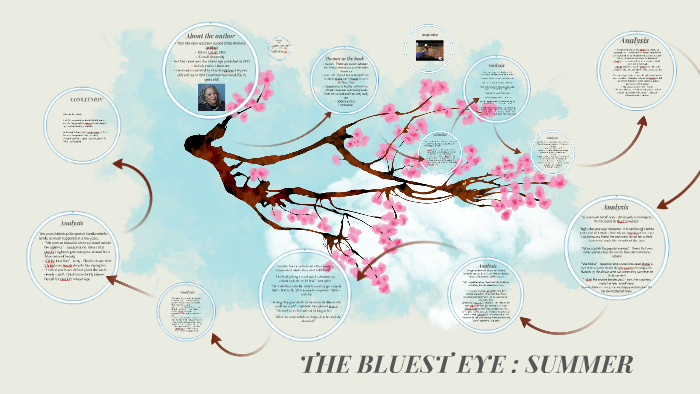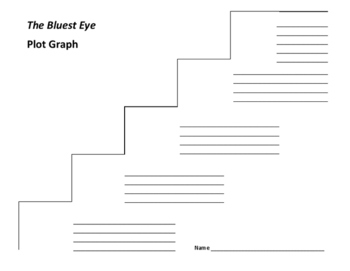
However, it is not just the family that suffers from this feeling of polarity caused by black self-hatred, it is the entire community the Breedlove family, while the focus of the story, is but one story among a community of many similar ones.

More importantly, the narrator suggests that they accept this imposed feeling of ugliness and lack of self-worth without questioning its source and it is this accepting of self-hatred, a hatred that comes form outside the family is one of the biggest problem faced by the family. What Morrison is stating here is that the feeling of low self-worth after years of being put down is still perpetuating and is resulting in an ugliness that is constantly felt, if not directly seen. It was as though some mysterious and all-knowing master had given each one of them a cloak of ugliness to wear and they had each accepted it without question" (39). Then you realized that is came from conviction, their conviction. In the narrator’s description of how the Breedlove family was ugly, it is stated in one of the important quotes from “The Bluest Eye”, “You looked at them and wondered why they were so ugly you looked closely and could not find the source. Instead of making the plot of “The Bluest Eye” center around events of overt racism or such African American issues in order to address the looming specter of slavery and race, the focus of the book and this analysis of The Bluest Eye, Toni Morrison presents readers with a more complicated and ultimately deeper portrayal of the effects of racism via an emphasis on the way self-hatred plagues the black characters. However, as suggested in this analysis of “The Bluest Eye” by Toni Morrison, she does offer a hopeful message about the minor ways in which healing can begin.

In presenting the various modes of escape and retreat into hollow notions of whiteness, Morrison demonstrates how this is a damaging way to work through so many years of being abject and objectified. By offering readers multiple examples of this through the viewpoint-shifting narration of events and revelations that led to tremendous character complexity, as suggested in this literary analysis of “The Bluest Eye” Toni Morrison is ultimately engaging her readers in a dialogue about how these characters (not to mention readers themselves) can overcome these hindrances to having a healthy relationship with self-images and interpersonal relationships.

Nearly all of the main characters in “The Bluest Eye” by Toni Morrison who are African American are consumed with the constant culturally-imposed notions of white beauty, cleanliness, and sanitation to the point where they have disengaged with themselves and have a disastrous tendency to subconsciously act out their feelings of self-loathing on other members of the black community. Unlike so many works in the American literature that deal directly with the legacy of slavery and the years of deeply-imbedded racism that followed, the general storyline of Toni Morrison’s novel, The Bluest Eye does not engage directly with such events but rather explores the lingering effects by exploring and commenting on black self-hatred.


 0 kommentar(er)
0 kommentar(er)
